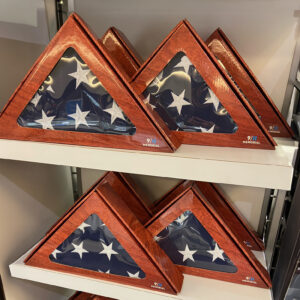
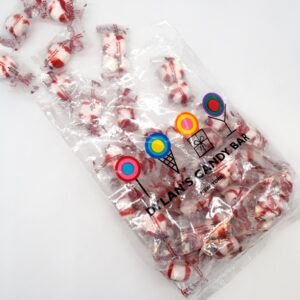

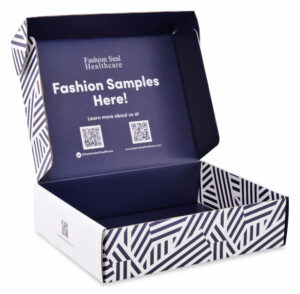
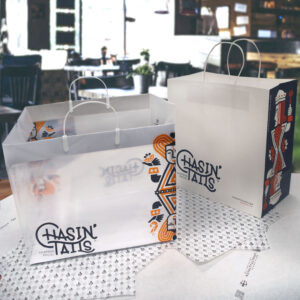
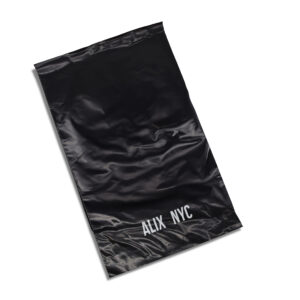
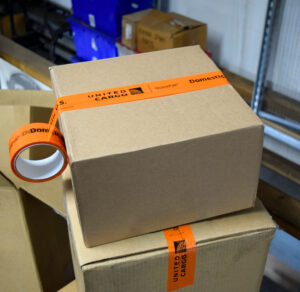
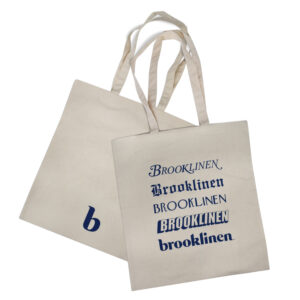
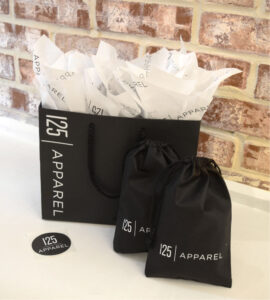
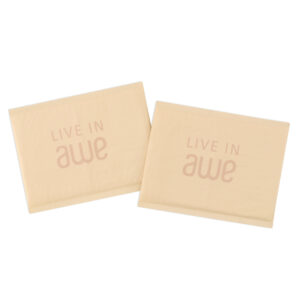
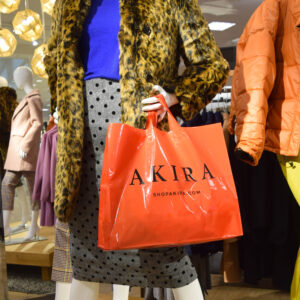
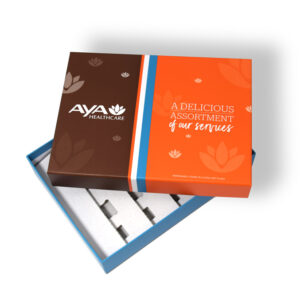

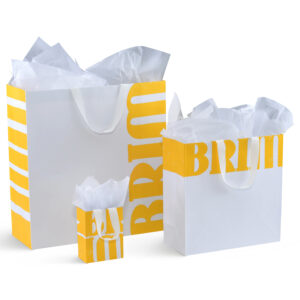
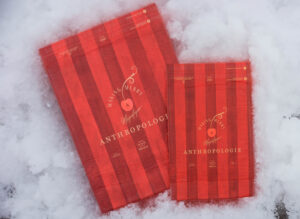
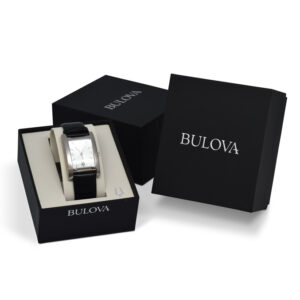

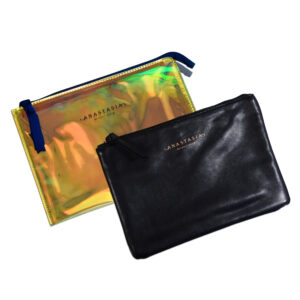
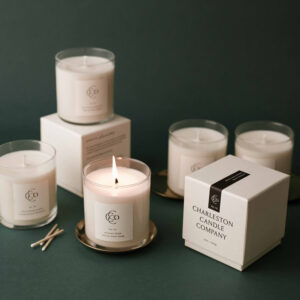
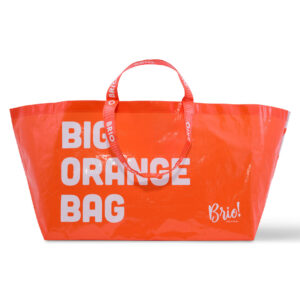
In the retail world, packaging is more than just a pretty box; it’s the first line of defense for products and the first impression for customers. At Prime Line Packaging, we specialize in custom secondary packaging solutions that enhance your brand and ensure your products are well-presented. Let’s unpack the world of retail packaging and explore its three main layers: the crucial primary packaging, the supportive secondary packaging, and the final frontier – shipping packaging.
Primary Packaging
Primary packaging is the product’s first line of defense, the unsung hero that shields it from the outside world. It’s meticulously designed to safeguard against moisture, light, and contaminants, ensuring your product arrives in the hands of eager customers just as you intended. But it’s not just about protection; primary packaging is also the first impression, the visual handshake that can make or break a sale. Think of those sleek perfume bottles, sturdy aluminum cans, or even the practical blister packs that keep those tiny essentials safe. Each type of primary packaging is a carefully considered solution, tailored to meet the specific needs of different products and industries.
What is Primary Packaging?
Primary packaging is the product’s personal bodyguard, the first and most intimate layer of protection that directly touches and safeguards it. It’s the main barrier against external elements, keeping the product safe and intact. Some primary packaging examples include bottles, cans, blister packs, and wrappers.
Why It’s Important
Primary packaging is crucial for preserving product integrity and safety. It greatly influences the consumer’s experience and perception of your brand. High-quality primary packaging can enhance a product’s appeal and build consumer trust.
Examples from Various Industries
- Food and Beverages: Cans and bottles are standard primary packaging types that protect and preserve the contents while providing a convenient way for consumers to access them. For example, a soda can not only keep the beverage fresh but also offers a portable and easily recognizable package.
- Pharmaceuticals: Blister packs and pill bottles ensure that medications are protected from contamination and are easy to dispense. This type of packaging is also prevalent in cannabis and dispensary packaging due to similar requirements. Pill bottles, for instance, boast tamper-evident features and help maintain the medication’s effectiveness by keeping it safe from contamination and degradation.
- Personal Care Products: Tubes and jars for lotions, creams, and other personal care items protect the product and offer ease of use to consumers. A tube of toothpaste, for example, provides a hygienic way to dispense the product while keeping it safe from contamination.
In each of these industries, primary packaging serves the dual purpose of protecting the product and providing a user-friendly experience. It’s often the first thing consumers lay their eyes on and physically interact with, making it a crucial element in how your product is perceived.
Materials Used in Primary Packaging
The types of packaging materials used for primary packaging vary widely depending on the product requirements. Common materials include:
- Plastic: Widely used for bottles, jars, and blister packs due to its versatility and durability.
- Glass: Often used for beverages, cosmetics, and pharmaceuticals, glass bottles and jars offer that pristine, high-end look while providing an excellent barrier against moisture and oxygen, ensuring your products stay fresh and potent.
- Metal: Used for cans and aerosol containers, offering robust protection and a long shelf life.
- Paper and Cardboard: Paper and cardboard are the go-to choice for wrappers and cartons, offering a lightweight and budget-friendly packaging solution that’s perfect for everything from cereal boxes to candy bar wrappers.
Each material brings its own strengths to the table, making it a good fit for specific packaging requirements.
Secondary Packaging
Secondary packaging is like a protective embrace, surrounding and uniting individual products. It offers an extra layer of defense and serves as a prime canvas for showcasing your brand and captivating consumers. This type of packaging is often seen in the form of boxes, shopping bags, and pouches, which not only help in organizing and protecting products but also in displaying important product information and brand identity. Secondary packaging is essential for enhancing the customer experience and ensuring that products are stored, handled, and transported efficiently.
What is Secondary Packaging?
Secondary packaging groups primary packages together, providing an additional layer of protection. It’s crucial for branding and displaying product information. Examples include boxes, reusable shopping bags, paper bags, and pouches.
Why It’s Important
Secondary packaging is where branding and product information take center stage. It’s also a key player in making sure your products are easy to store, handle, and transport. Primeline Packaging’s e-commerce packaging options truly shine in this area, offering practical and stylish solutions that meet the diverse demands of online retail.
In essence, secondary packaging is your product’s billboard on the shelf. It’s the packaging that proudly displays your brand’s logo, colors, and overall aesthetic, making it a crucial tool for marketing and establishing brand recognition. A thoughtfully designed secondary package can help your product grab attention and stand out in a sea of competitors, ultimately influencing consumer choices and driving sales.
Prime Line Packaging’s Expertise
At Prime Line Packaging, we specialize in custom secondary packaging solutions. Our services include custom printed boxes, branded shopping bags, and innovative packaging solutions tailored to e-commerce needs.
Examples of Secondary Packaging
- Custom Printed Boxes: These are ideal for products that require robust protection during transit and attractive presentation on retail shelves. Our custom printed boxes aren’t just functional; they’re an extension of your brand’s personality. Design them to mirror your unique aesthetic and cater to your specific packaging requirements.
- Branded Shopping Bags: Available in paper and reusable materials, these bags are perfect for retail environments. They not only provide a convenient way for customers to carry their purchases but also serve as a walking advertisement for your brand.
- Pouches and Wrappers: Ideal for smaller items or bundled products, pouches and wrappers can be customized with your branding to create a cohesive look across your product range.
Benefits of Secondary Packaging
Secondary packaging offers numerous benefits, including:
- Branding and Marketing: It provides a platform for displaying your brand’s logo, colors, and other design elements, helping to create a strong brand presence.
- Protection: It offers an additional layer of protection for the primary packages, ensuring they reach consumers in perfect condition.
- Convenience: It makes it easier to handle, store, and transport multiple primary packages, improving logistical efficiency.
Our solutions significantly impact branding and customer satisfaction, ensuring your products stand out and provide a memorable unboxing experience.
Shipper Packaging
Shipper packaging, the final layer of protection, is all about getting your products safely from point A to point B. It’s designed to withstand the rigors of shipping and handling, ensuring your goods arrive in perfect condition, ready to wow your customers. Common examples include corrugated boxes, poly mailers, bubble mailers, and durable paper mailers. Shipper packaging is crucial for maintaining the safety and integrity of products as they move through the supply chain, playing a vital role in efficient logistics and cost management.
What is Shipper Packaging?
Shipper packaging is the final shield, the sturdy armor protecting your products during their journey from your warehouse to your customer’s doorstep. It’s designed to withstand the bumps, jostles, and occasional drops that occur during shipping and handling, ensuring your products arrive in perfect condition, ready to delight your customers. Examples of shipper packaging include corrugated boxes, poly mailers, bubble mailers, and durable paper mailers.
Why It’s Important
Shipper packaging is vital for maintaining product safety during transit. It contributes to efficient logistics and cost reduction by providing durable and reliable protection for bulk shipments. Proper shipper packaging can prevent damage, reduce returns, and improve overall customer satisfaction.
Industry Examples
- E-commerce: Shipping boxes, mailers, and packaging tape are essential for ensuring products arrive safely at the customer’s doorstep. As online shopping continues to boom, the role of effective shipper packaging has become increasingly crucial in ensuring a smooth and positive customer experience.
- Retail: Bulk shipments of products to retail stores require sturdy packaging to prevent damage during transport. Corrugated boxes and pallets are commonly used to facilitate easy handling and storage.
Materials Used in Shipper Packaging
Common materials used for shipper packaging include:
- Corrugated Cardboard: Corrugated cardboard, renowned for its strength and durability, is the go-to choice for shipping boxes, providing ample protection during transit.
- Plastic: Poly mailers and bubble mailers offer lightweight and flexible options for shipping non-fragile items.
- Paper: Durable paper mailers provide an eco-friendly option for shipping smaller items.
Benefits of Shipper Packaging
Effective shipper packaging offers several benefits, such as:
- Protection: It ensures that products are protected from damage during transit, reducing the risk of returns and increasing customer satisfaction.
- Cost Efficiency: Investing in tough, reliable shipper packaging can save you a bundle by minimizing the costs of damaged goods and making your shipping logistics run like a well-oiled machine.
- Sustainability: Using the right materials can help reduce the environmental impact of packaging.
Final Thoughts
Understanding the different types of packaging—primary, secondary, and shipping—is essential for selecting the right solutions for your products. Each layer of packaging serves a unique purpose, working together to safeguard the product, bolster brand presence, and streamline the entire logistics process.
At Prime Line Packaging, we specialize in creating custom secondary packaging solutions that help your brand stand out. Whether you need branded shopping bags, custom printed boxes, or e-commerce packaging accessories, we have the types of packaging and the expertise to meet your needs. Additionally, we offer e-commerce items such as corrugated shipper boxes and various types of mailers (poly mailers, paper mailers, and bubble mailers).
Ready to elevate your packaging? Explore our services and see how we can help you design your next secondary packaging project. Contact us today!



